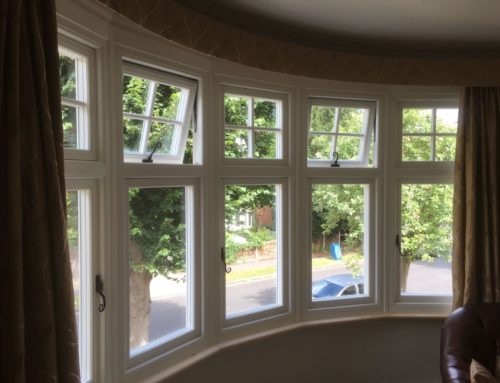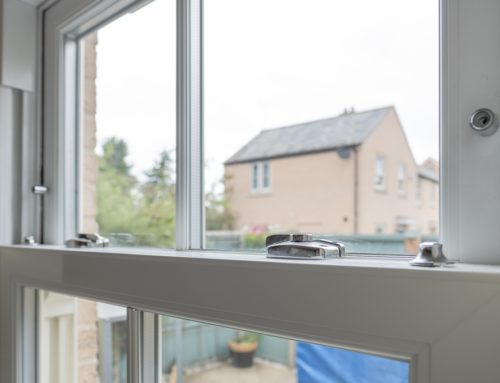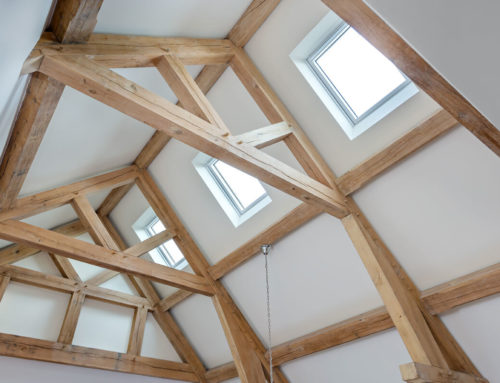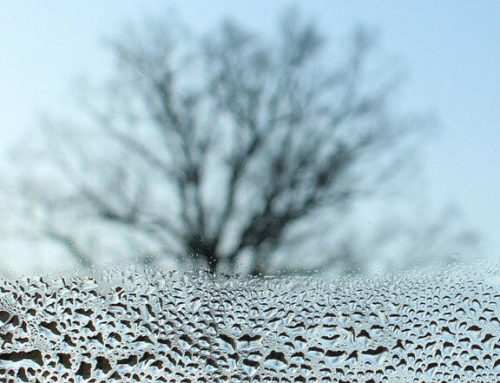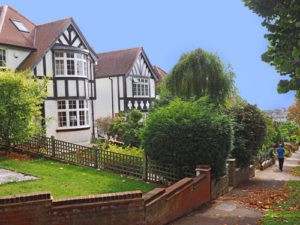
Matching windows for your tudor-style home
If we had to choose one period of architecture that is the most distinctive in terms of homes, we’d probably say Tudor. The pinstripes of dark, exposed wood and creamy-white stucco, the latticed casement windows and the steeply pitched roof create a style of period home that is quite unlike any other. If you live in a Tudor home with original period features or a modern property that has been designed in the style of Tudor architecture, and you are thinking of replacing your windows, it’s important to stay true to the character of the building. Of course, you may need to get planning permission from your local council to replace windows in an original Tudor building or within a conservation area. So, with that in mind, here are some tips to help you choose suitable windows for your Tudor property.
Casement windows
The majority of Tudor properties have casement windows that open outwards to allow fresh air into the home. In original properties, these are typically tall and narrow (mainly due to the restrictions they were faced with in terms of the availability of glass), but many modern Tudor-style properties feature larger casement windows. It is quite common for there to be bay windows that project from the second and third storeys of Tudor properties, though many mock-Tudor houses also have bay windows on the first floor, adding a contemporary twist to the period style and enhancing the flow of light into the living space. You could also think about adding transom windows (or fanlights) above the windows and doors in your Tudor home, as these are quite typical of the period – letting natural light into the home.
Timber frames
The characteristic dark wood of Tudor houses is something that many homeowners like to replicate – whether this is with real timber or a uPVC timber alternative like Residence 9. In fact, the scope when it comes to choosing the colour and finish of your window frames is huge, and it really depends on the effect you want to create. We’ve seen beautiful Tudor homes with everything from white uPVC frames to black, mahogany and light oak frames.
Latticed glass
Perhaps the most defining feature of Tudor windows is the lattice effect on the glass. They were made like this because it was difficult to make large sheets of glass at that time, so they used to fit small panes into diamond or rectangular patterns to create windows. Nowadays, homeowners use glazing bars to achieve an authentic lattice effect.
Here at Hamilton Windows, we can help you find the perfect Tudor-style windows to complement the character of your home. Contact us today to find out more.

